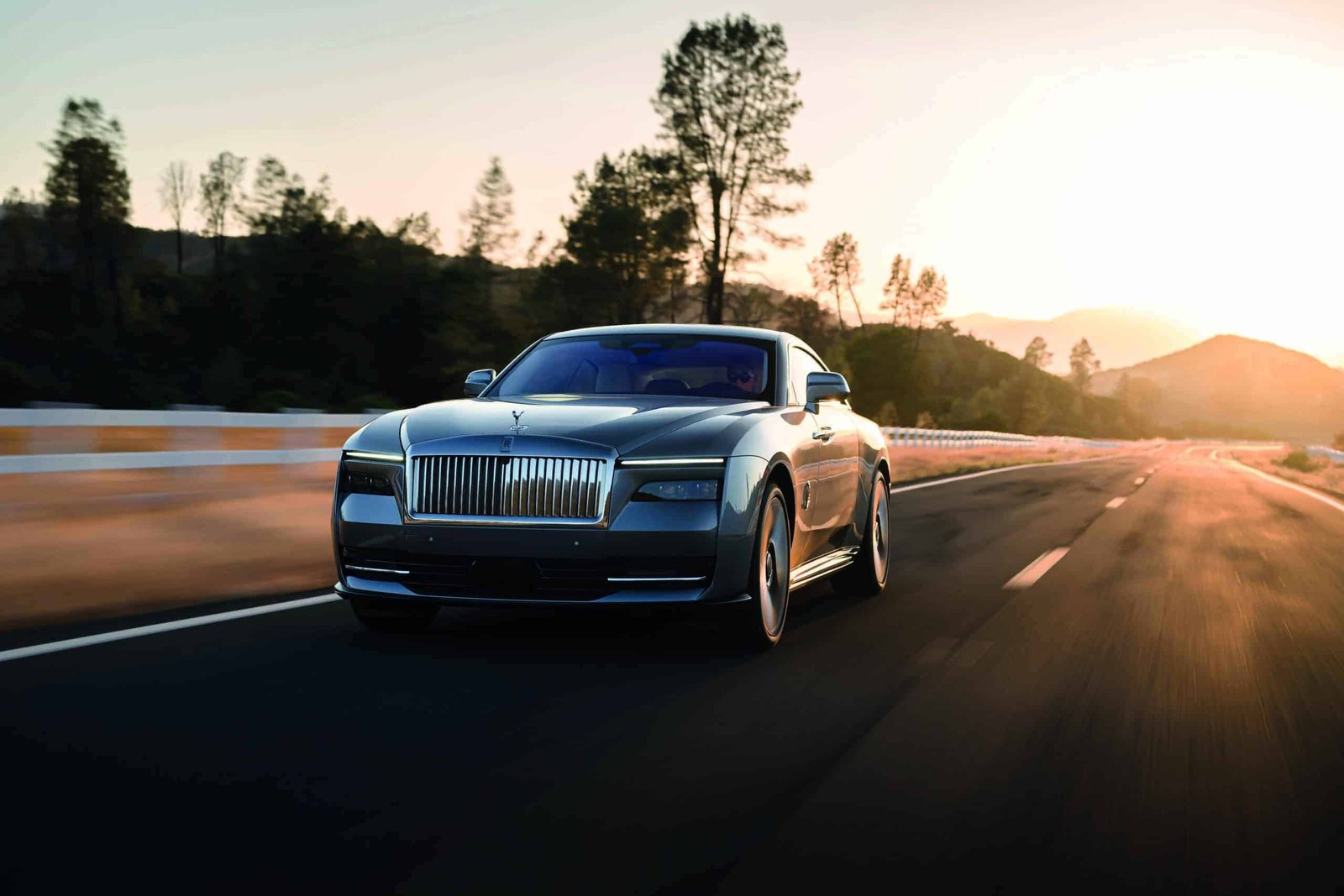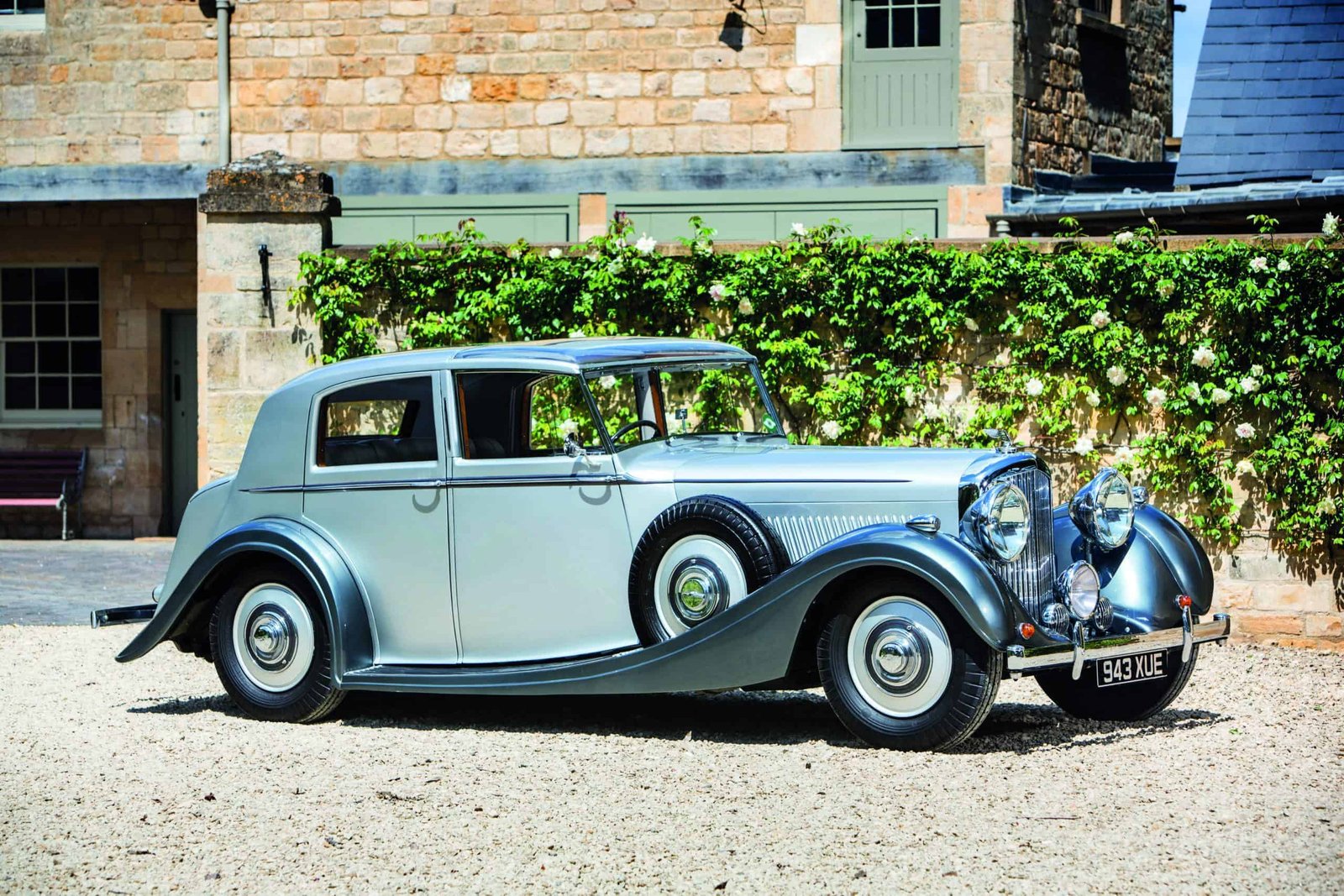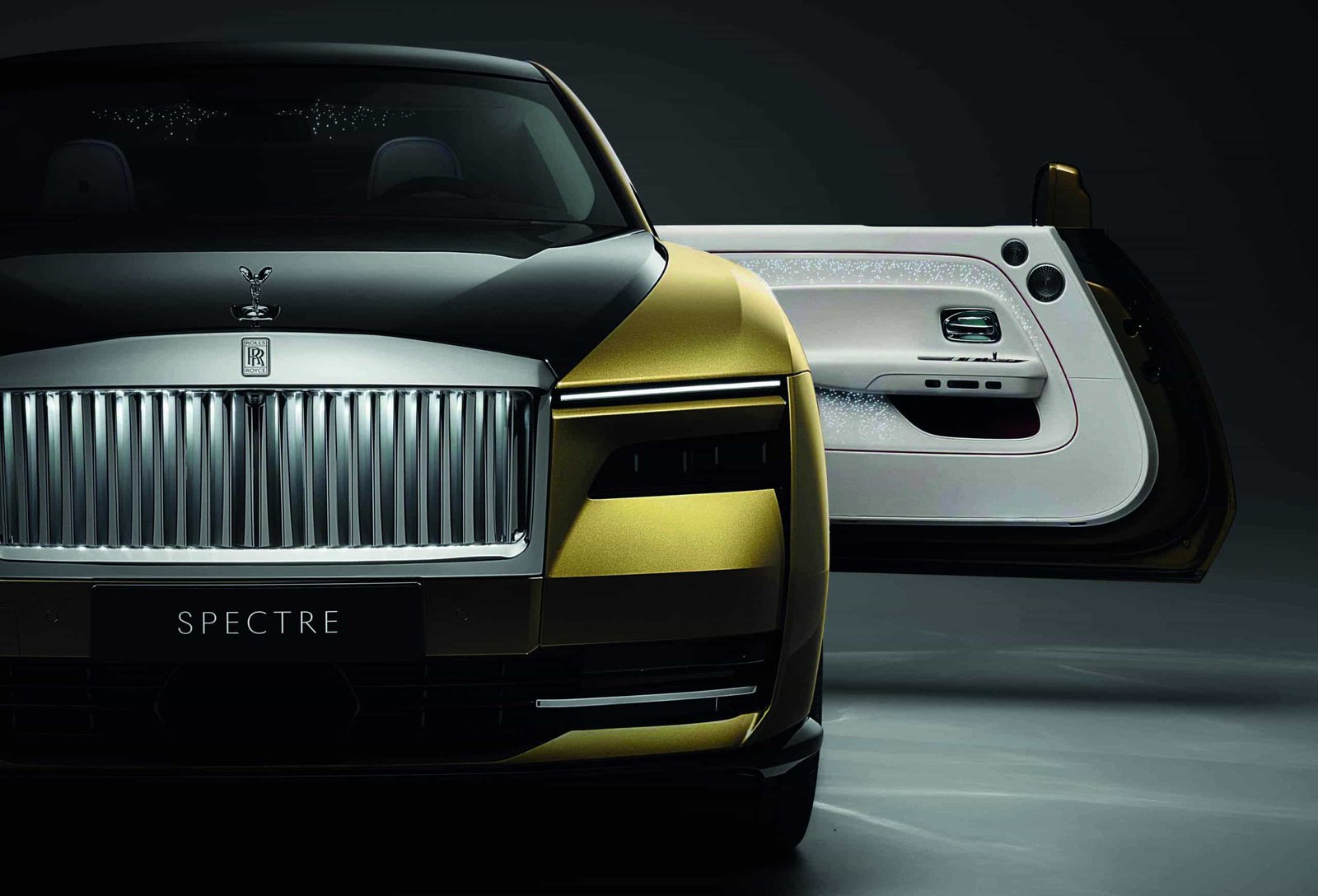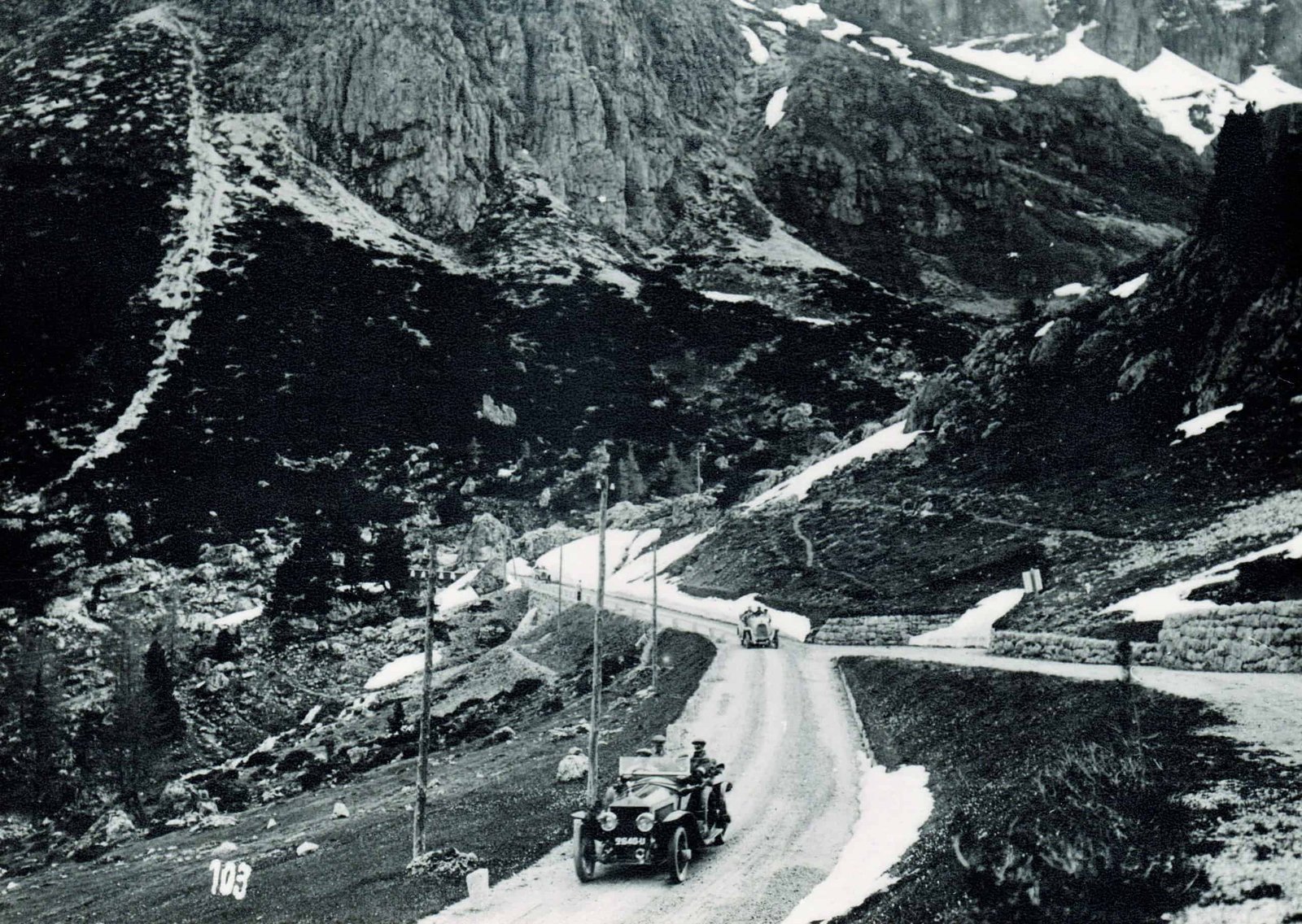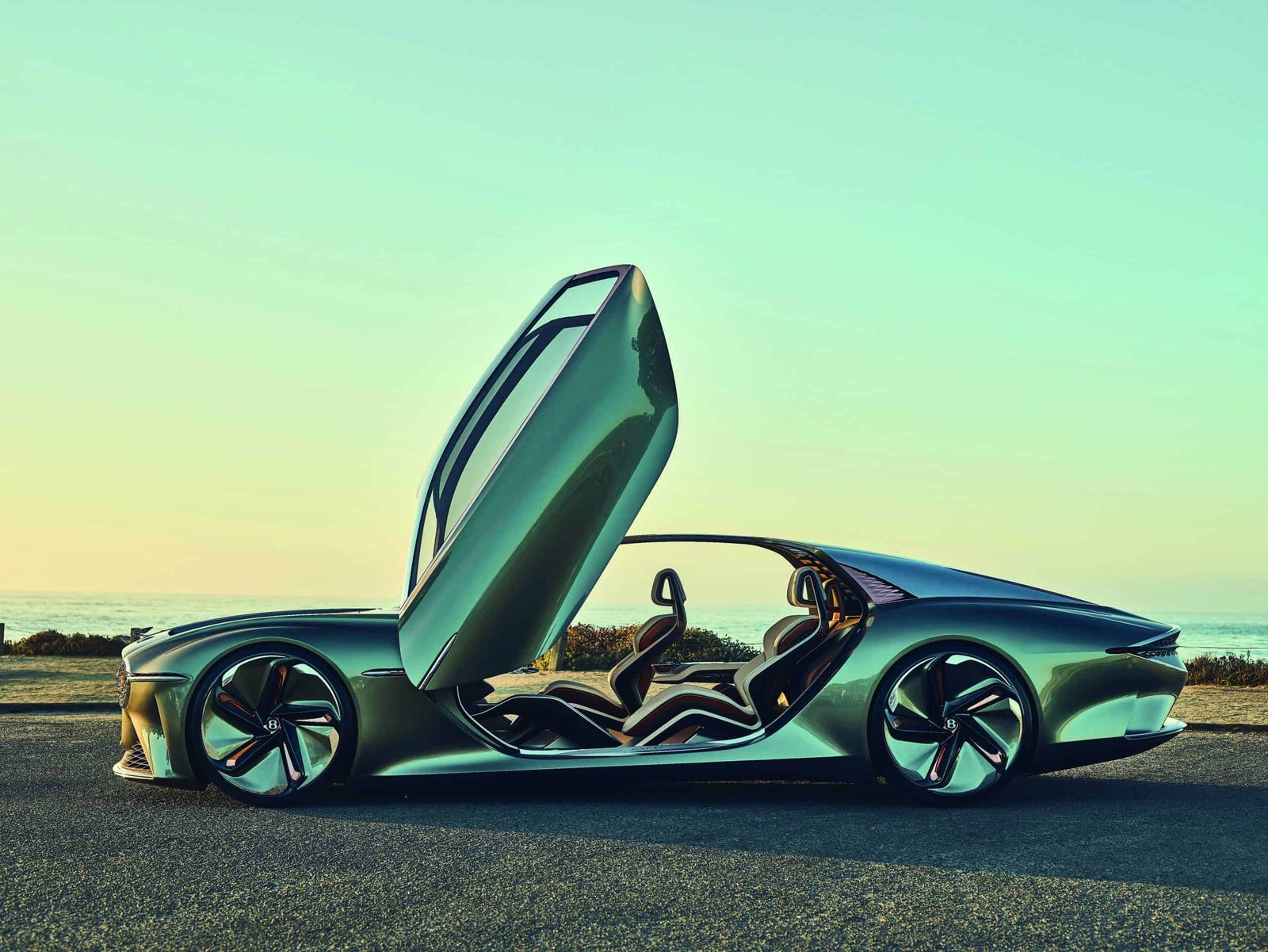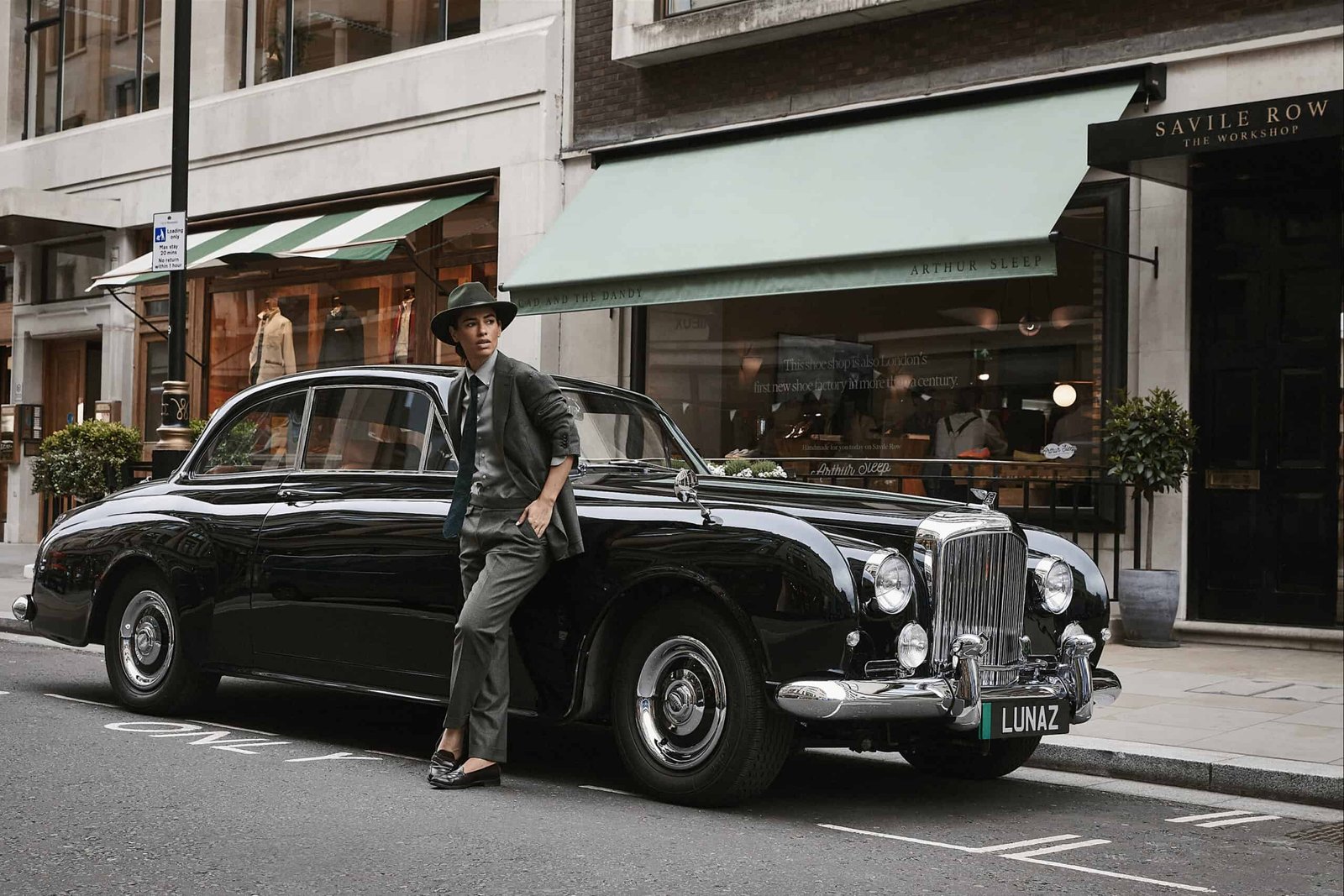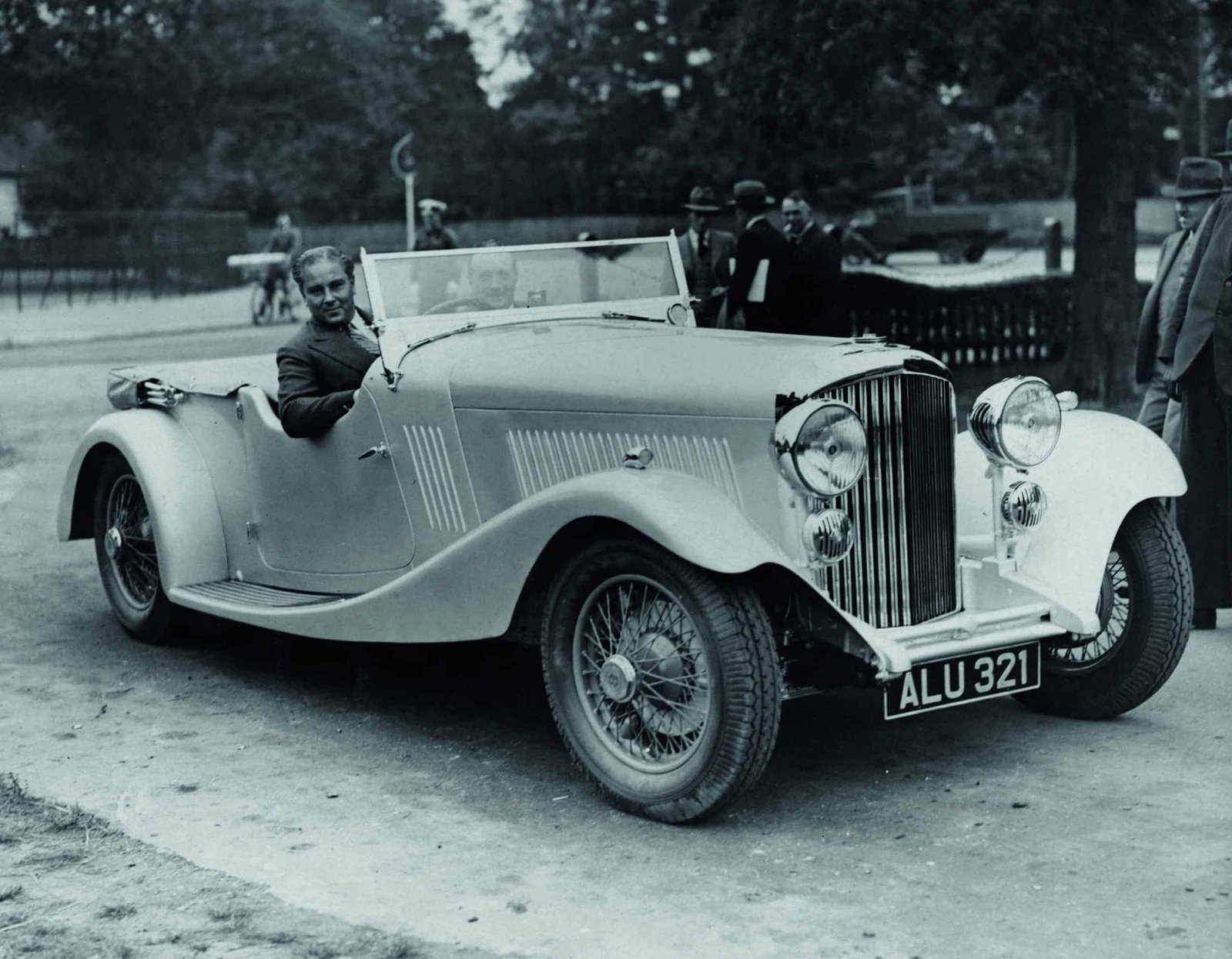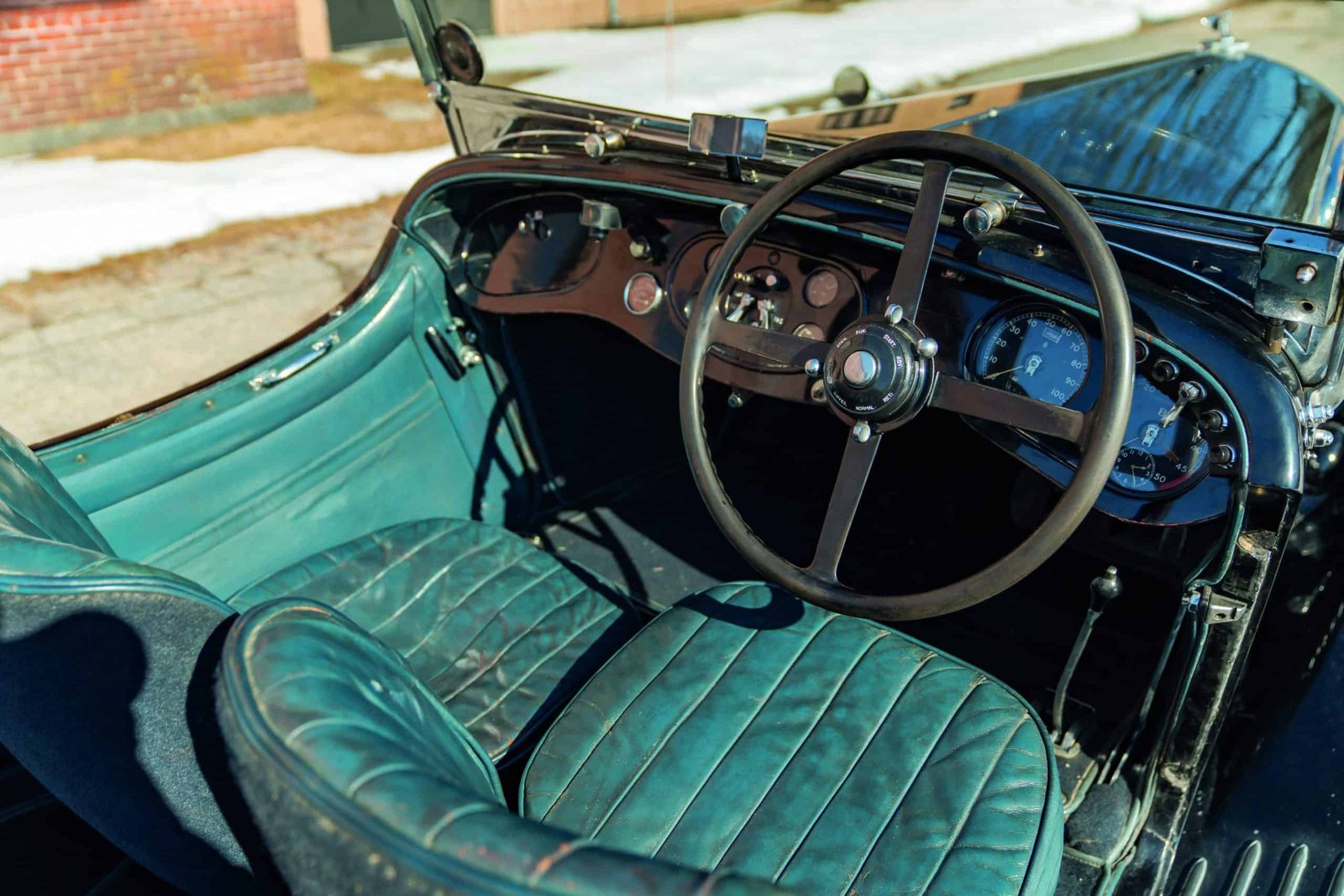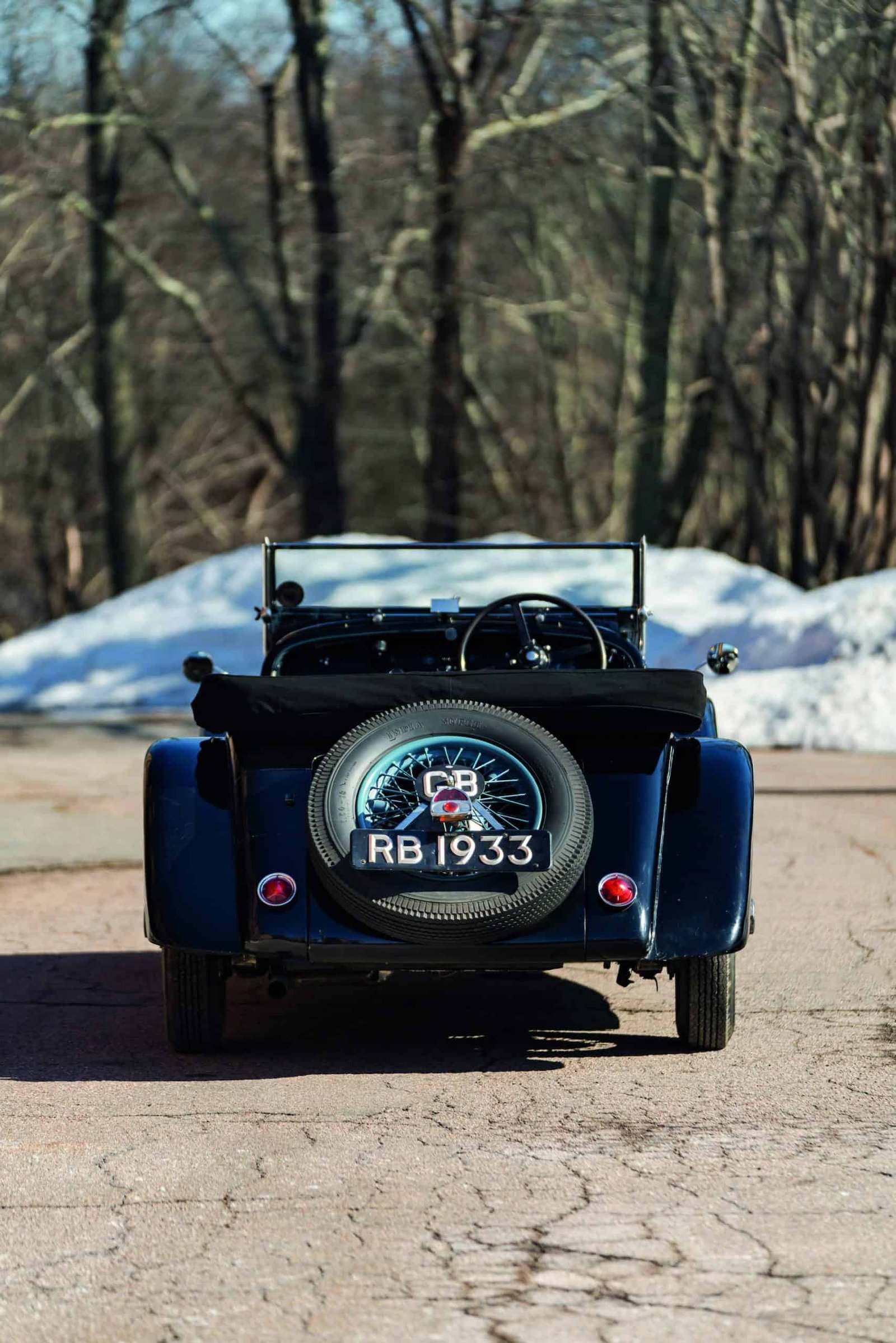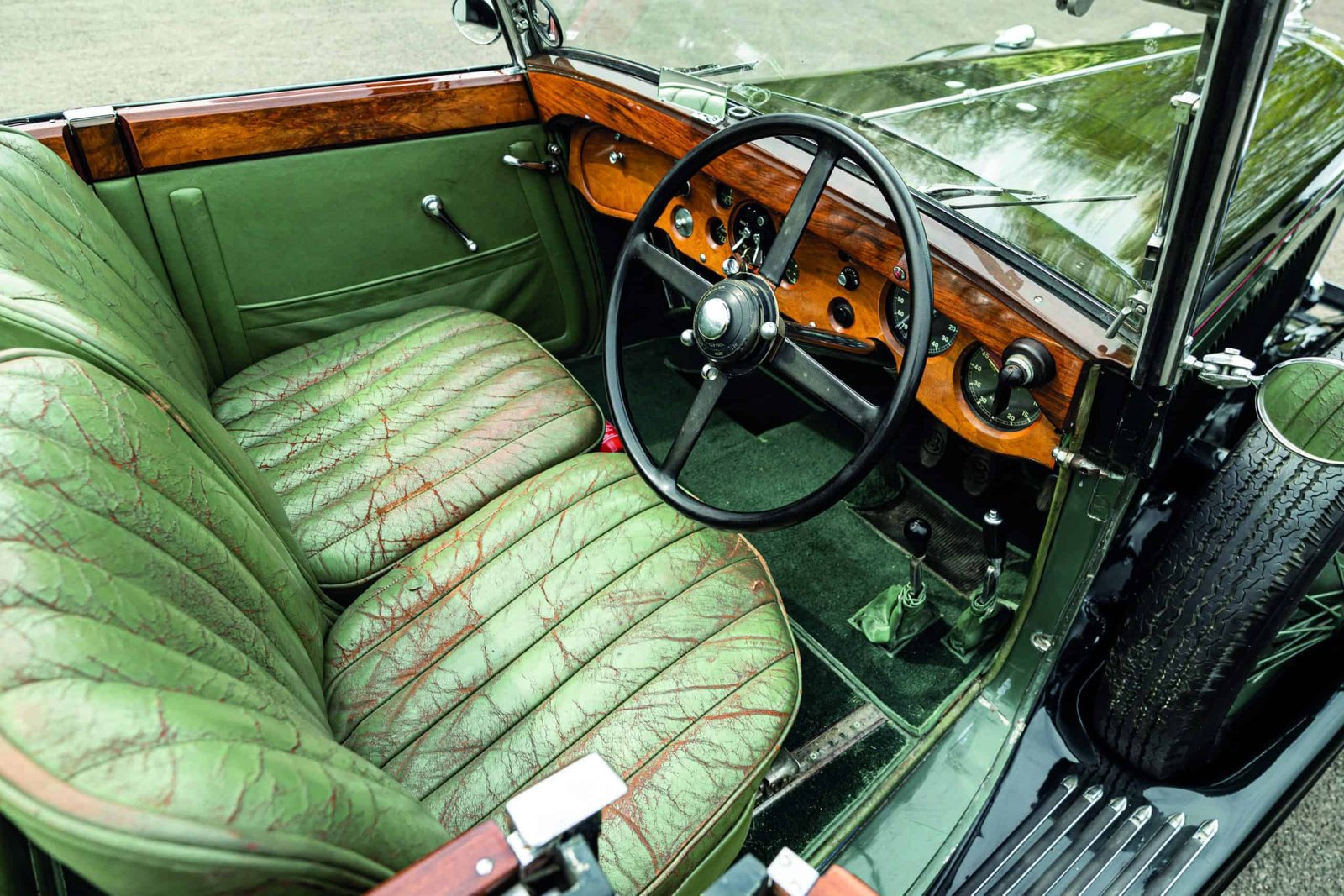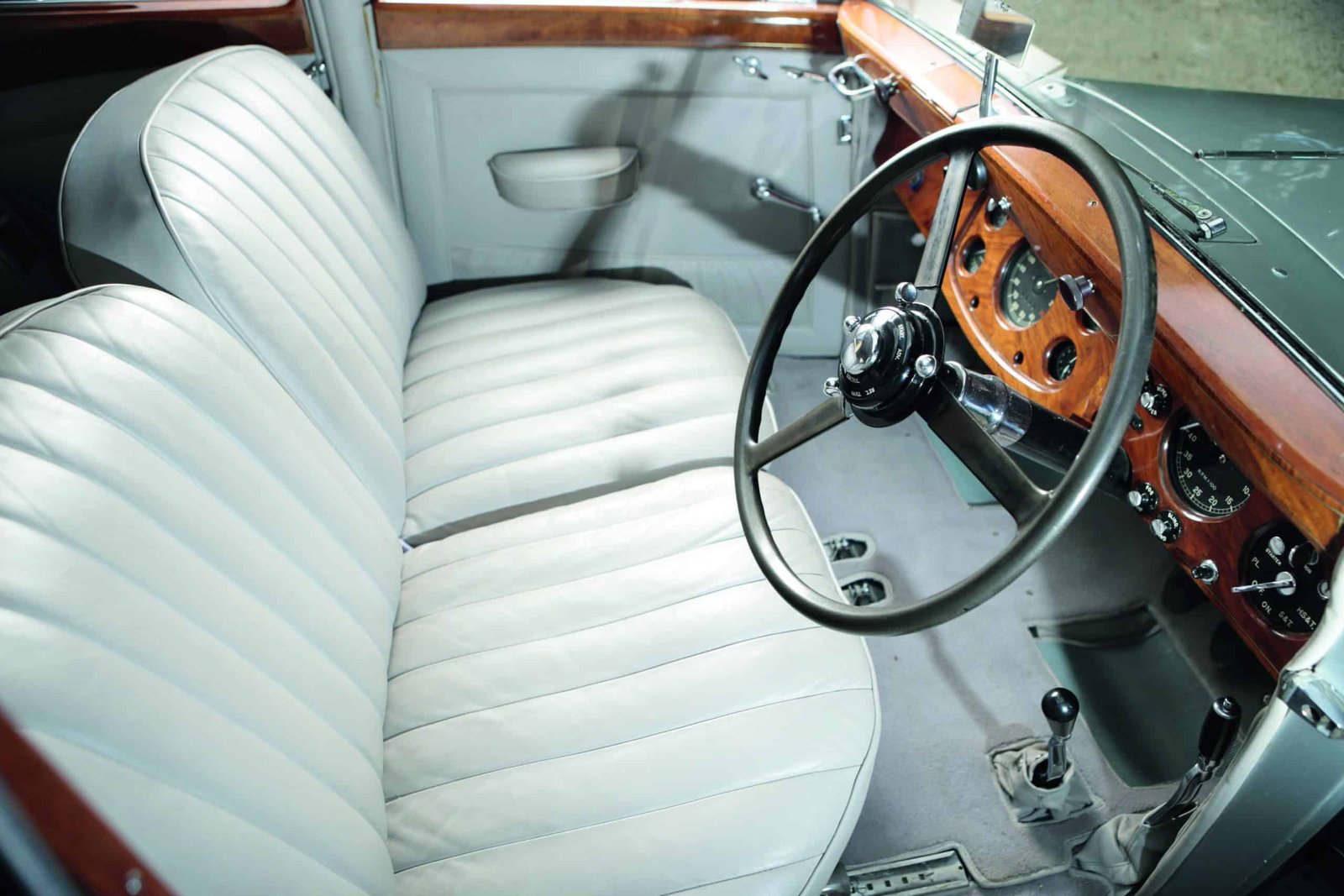When Rolls-Royce acquired Bentley Motors in 1931, though it meant the end of the latter’s independence, it did at least ensure the survival of the Bentley name. Launched at the Royal Ascot Hotel in Berkshire in October 1933, the first of the Derby Bentleys, as the Bentley models produced at Rolls-Royce’s Derby works would come to be known, continued the marque’s sporting associations but in a manner befitting the refinement of the Rolls-Royce stable.
Even WO Bentley, assigned a new role in the company’s Test Department, acknowledged the quality of the 3½-litre model. “Taking all thing into consideration,” he reported, “I would rather own this Bentley than any car produced under that name.”
Based on the contemporary Rolls-Royce 20/25hp, the 3½-litre Bentley was slightly shorter in the wheelbase and employed a tuned (114bhp) twin-SU-carburettor version of the 20/25hp’s overhead-valve six. Add to this already remarkable package an all-synchromesh four-speed gearbox and servo-assisted brakes, and the result was a vehicle that offered the driver effortless sports car performance with minimal noise. “The Silent Sports Car”, as it was swiftly dubbed, had few peers as a tireless long-distance tourer.



